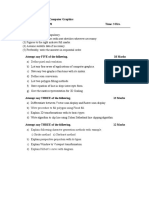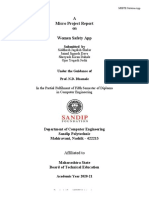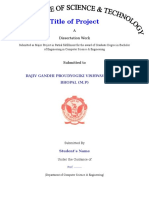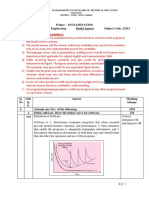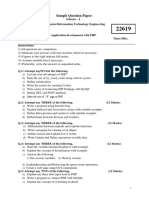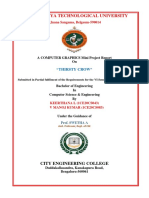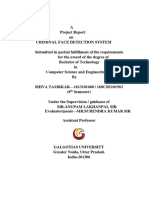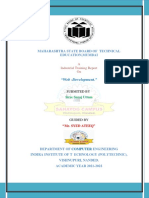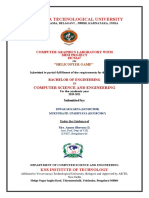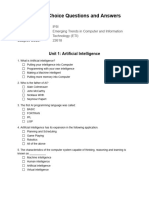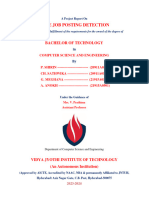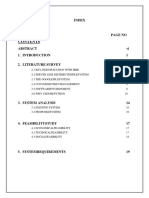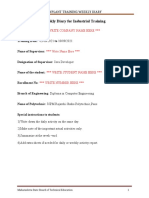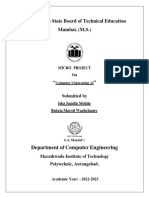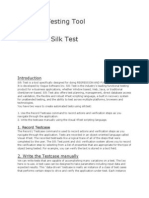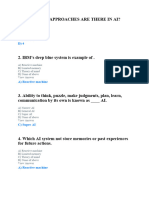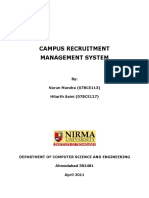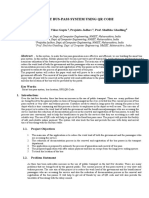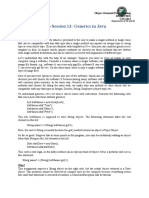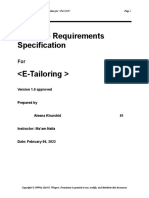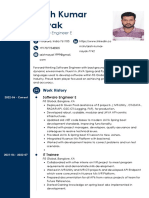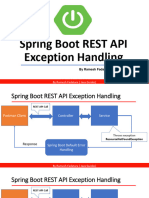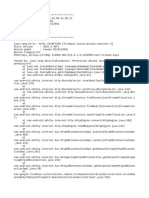100% found this document useful (1 vote)
2K views16 pagesImage Processing System Synopsis
This document provides an overview of an image processing system project. It includes an introduction describing image processing, the project objectives of editing and modifying digital images, and the main modules of the system - the user interface, image processing functions, and output display. It discusses the benefits of using a spiral model and Java programming language for the project. The scope covers editing old photos, creating icons, and changing image formats for various applications and platforms. Hardware requirements include a computer with at least an Intel i5 processor, 4GB RAM, and 1TB hard drive.
Uploaded by
Sumit ChauhanCopyright
© © All Rights Reserved
We take content rights seriously. If you suspect this is your content, claim it here.
Available Formats
Download as DOCX, PDF, TXT or read online on Scribd
100% found this document useful (1 vote)
2K views16 pagesImage Processing System Synopsis
This document provides an overview of an image processing system project. It includes an introduction describing image processing, the project objectives of editing and modifying digital images, and the main modules of the system - the user interface, image processing functions, and output display. It discusses the benefits of using a spiral model and Java programming language for the project. The scope covers editing old photos, creating icons, and changing image formats for various applications and platforms. Hardware requirements include a computer with at least an Intel i5 processor, 4GB RAM, and 1TB hard drive.
Uploaded by
Sumit ChauhanCopyright
© © All Rights Reserved
We take content rights seriously. If you suspect this is your content, claim it here.
Available Formats
Download as DOCX, PDF, TXT or read online on Scribd
/ 16


